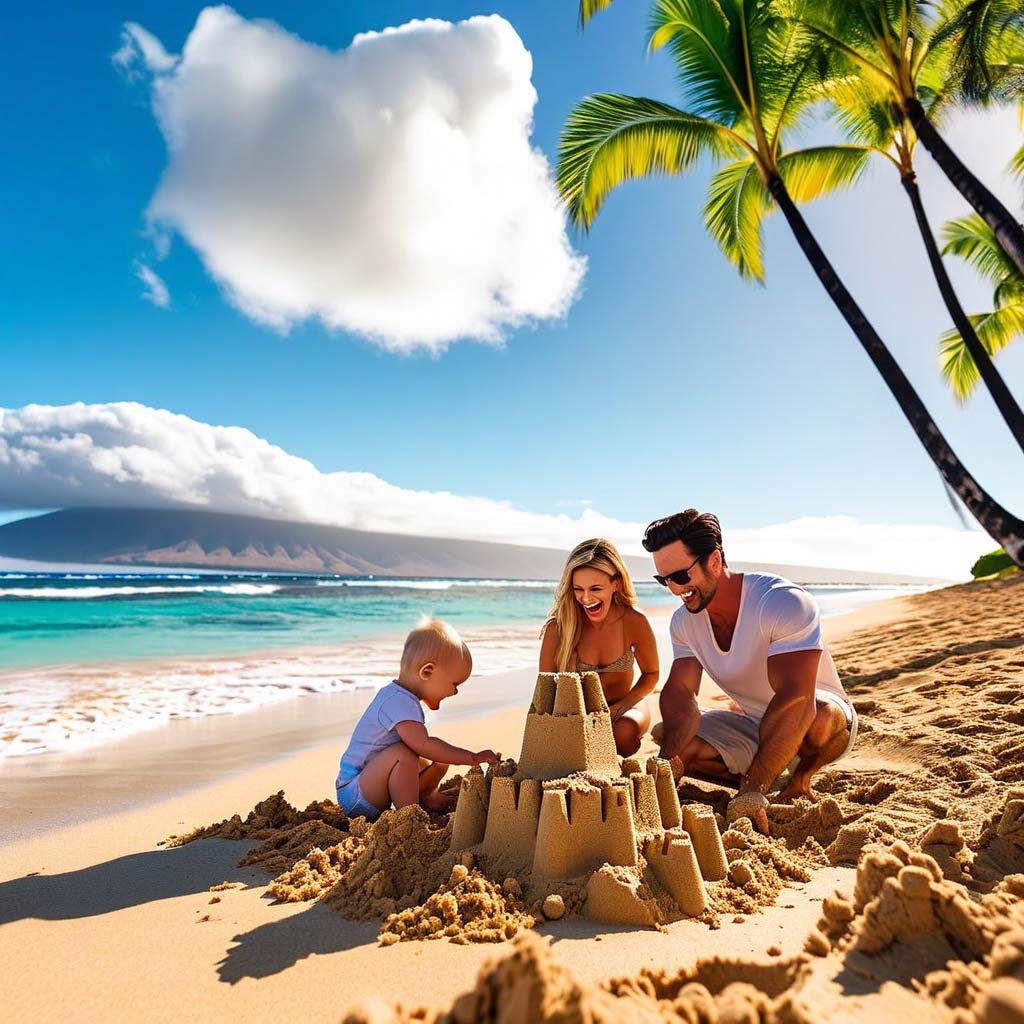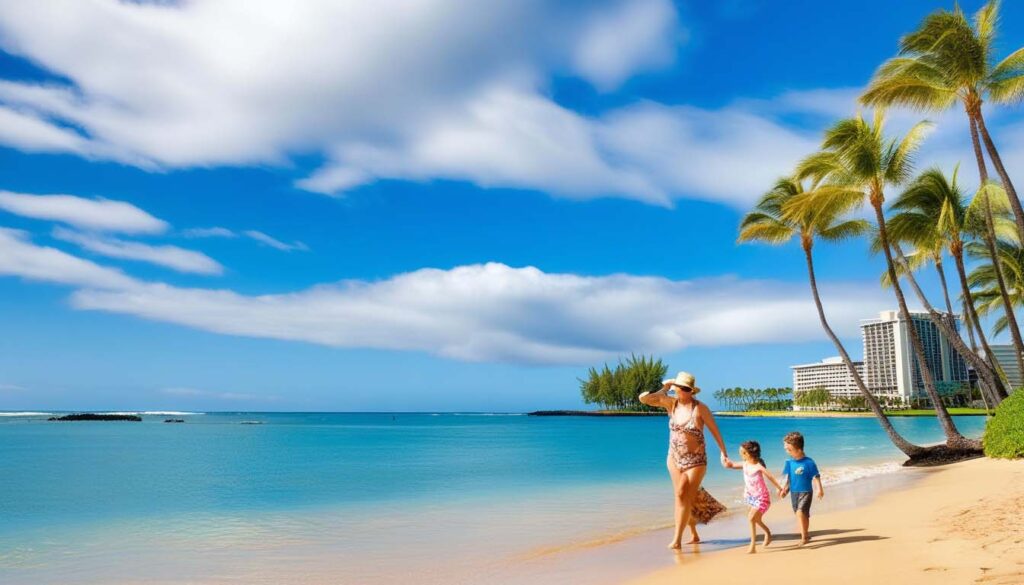Kauaʻi, known as the “Garden Isle” due to its lush landscapes and abundant rainfall, is the oldest of the main Hawaiian Islands, estimated to be around 5 million years old. Formed by volcanic activity, Kauaʻi’s dramatic terrain includes the majestic Waimea Canyon, often called the “Grand Canyon of the Pacific,” and the towering cliffs of the Nāpali Coast. Over millions of years, erosion and natural forces have shaped the island into one of Hawaii’s most scenic and diverse environments, with valleys, waterfalls, rainforests, and beaches that attract visitors from around the world.
The first human settlers on Kauaʻi were Polynesians who arrived around 1,500 years ago, navigating thousands of miles across the Pacific. These early Hawaiians developed a self-sustaining society, cultivating taro in wetland fields, fishing the island’s rich coastal waters, and constructing intricate religious and social systems. They lived under the rule of aliʻi (chiefs) and practiced kapu, a code of conduct that governed daily life and maintained order. The island’s isolation helped preserve its culture and traditions longer than some of the other islands.
Unlike many of its neighboring islands, Kauaʻi maintained its independence during the unification of the Hawaiian Islands under King Kamehameha I in the early 19th century. Chief Kaumualiʻi, the ruling chief of Kauaʻi, initially resisted Kamehameha’s attempts to conquer the island. However, in 1810, Kaumualiʻi peacefully agreed to become a vassal of Kamehameha, thus avoiding bloodshed and completing the unification of the Hawaiian Islands under one kingdom.
Western contact with Kauaʻi began in 1778 when British explorer Captain James Cook landed at Waimea Bay, marking the first recorded European arrival in Hawaii. Soon after, missionaries, traders, and whalers arrived, bringing significant changes to Hawaiian society. Christianity spread, new technologies were introduced, and diseases decimated the native population. In the late 1800s, sugar plantations became a dominant force on the island, leading to waves of immigration from Asia and reshaping the island’s economy and demographics.
Today, Kauaʻi remains a quieter, more rural alternative to the other Hawaiian Islands, with strict zoning laws that limit development and preserve its natural beauty. Tourism is the primary industry, but efforts to protect the island’s ecosystems and cultural heritage are strong. From ancient fishponds and heiau (temples) to vibrant local traditions and festivals, Kauaʻi offers a living connection to Hawaii’s past, while continuing to shape its future in a modern, environmentally conscious way.





Kauaʻi, the lush “Garden Isle,” is home to some of the most stunning and diverse beaches in all of Hawaii. Here’s a list of the five best beaches on Kauaʻi, each with its own unique charm and reason for standing out from the rest:
🏖️ 1. Hanalei Bay (North Shore)
Why it’s the best: Hanalei Bay offers a perfect crescent-shaped stretch of white sand backed by lush mountains and waterfalls. It’s incredibly scenic and versatile—ideal for swimming, paddleboarding, or just relaxing. In summer, the water is calm and family-friendly; in winter, it becomes a hub for surfers. Its picturesque beauty and variety of activities make it the most iconic beach on Kauaʻi.
🏖️ 2. Poʻipū Beach (South Shore)
Why it’s a top pick: Poʻipū is perfect for families and snorkelers, with gentle waves and a natural wading pool area for kids. It’s sunny almost year-round and has great facilities like restrooms, lifeguards, and picnic tables. It’s also a popular spot for spotting Hawaiian monk seals resting on the sand. Its accessibility and consistently pleasant weather set it apart from other beaches.
🏖️ 3. Tunnels Beach (Makua Beach, North Shore)
Why it’s special: Known for its incredible snorkeling and diving thanks to the large coral reef just offshore, Tunnels Beach is framed by dramatic mountain backdrops and swaying palm trees. It’s less crowded than Hanalei and offers deeper underwater experiences. The reef protects the beach, making it a safe and fascinating spot to explore marine life.
🏖️ 4. Polihale State Park (West Side)
Why it’s unique: Polihale is a remote, wild, and incredibly long beach that feels like your own private paradise. The golden sand stretches for miles, and the sunsets are unreal. It’s not safe for swimming due to strong currents, but it’s unbeatable for solitude, off-the-beaten-path adventures, and stargazing. No other beach on Kauaʻi delivers this level of vast, untouched beauty.
🏖️ 5. Keʻe Beach (End of the Road, North Shore)
Why it’s worth the trip: Located at the end of the road before the Nāpali Coast, Keʻe Beach is both breathtaking and sacred. Its calm lagoon is perfect for snorkeling, and its dramatic mountain views are unforgettable. It’s also the starting point of the famous Kalalau Trail. The mix of natural beauty, cultural importance, and access to adventure makes it a top-tier beach.
Let me know if you’re looking for something specific—like best beaches for kids, sunsets, or snorkeling—and I’ll give you a tailored list! 🌺
